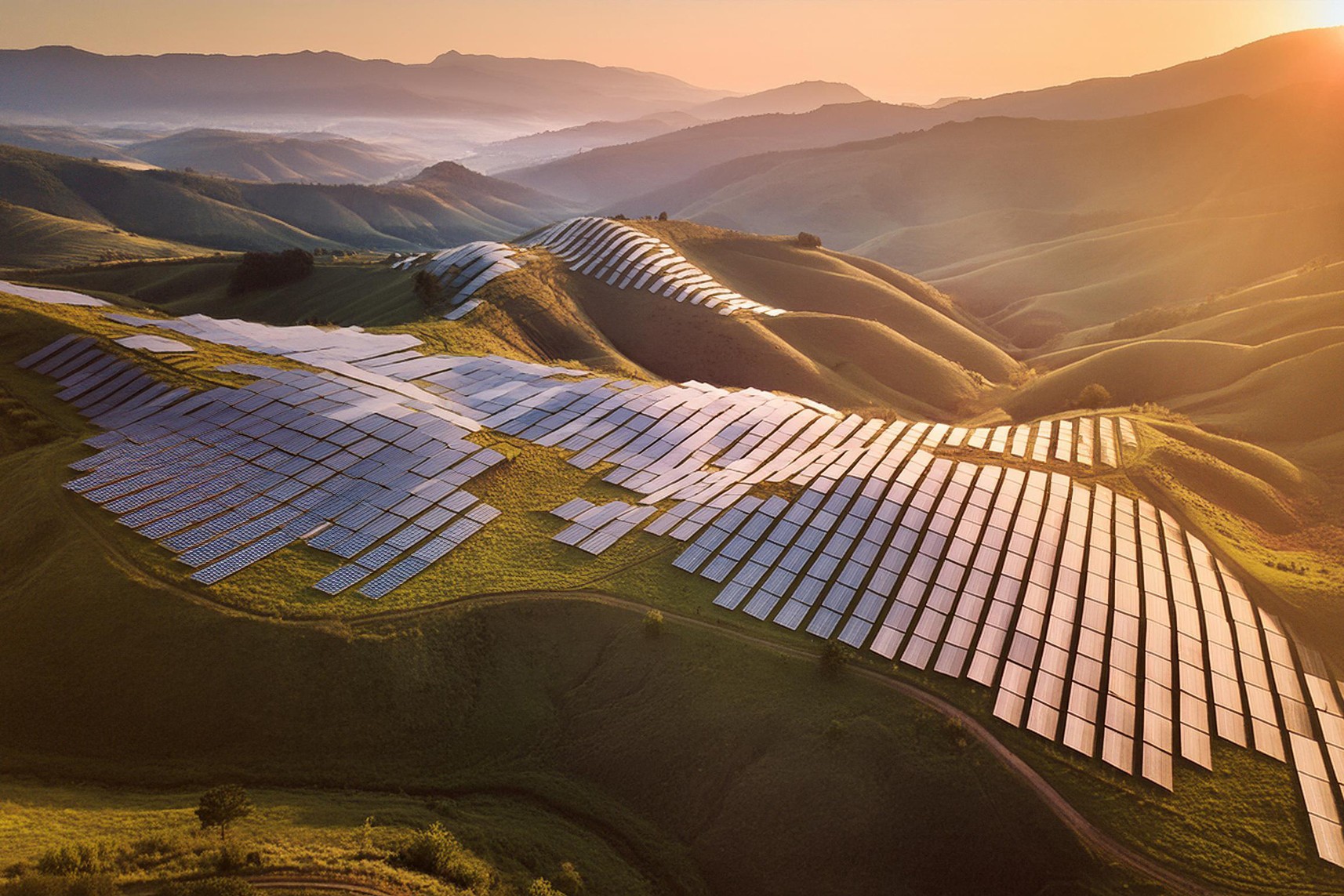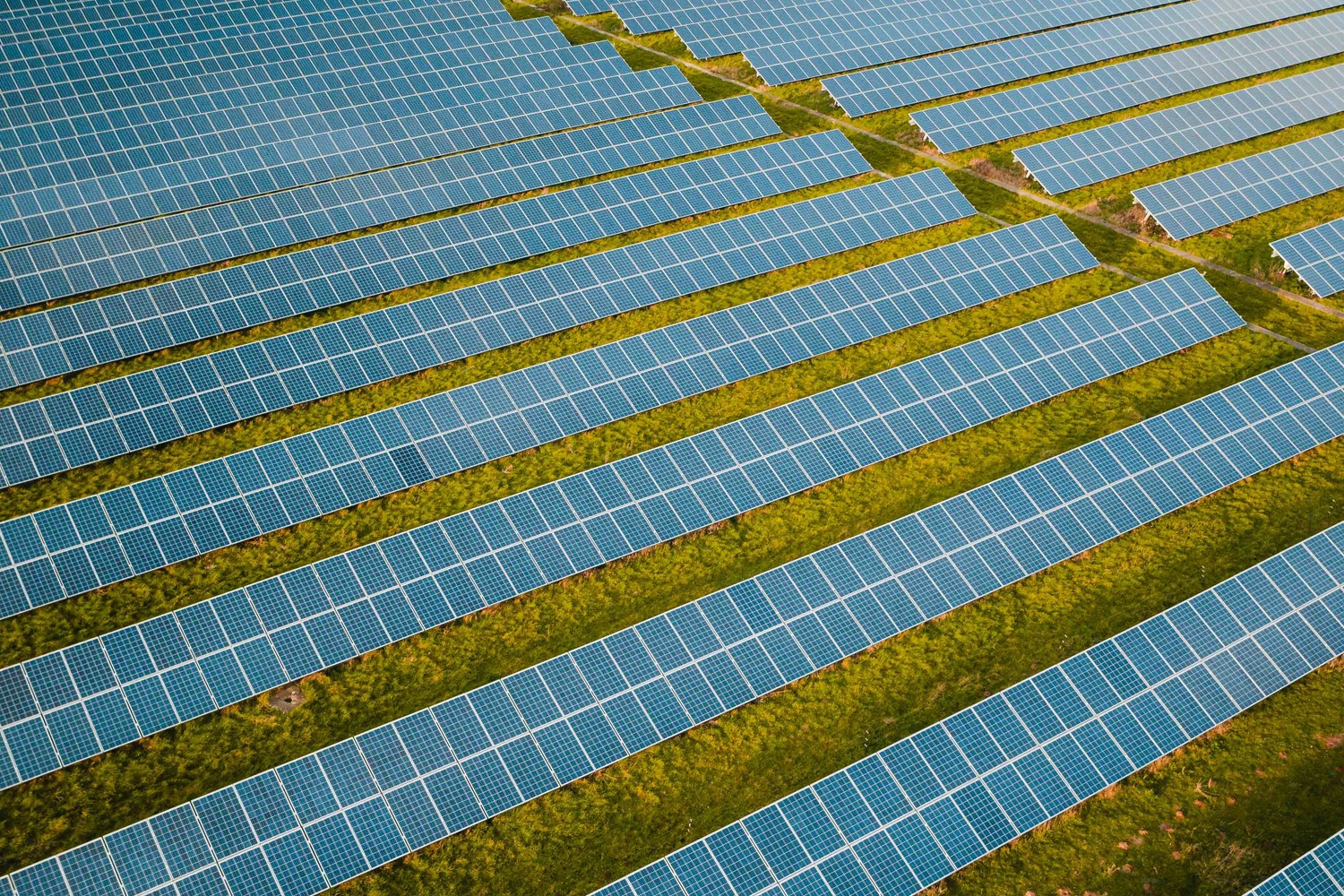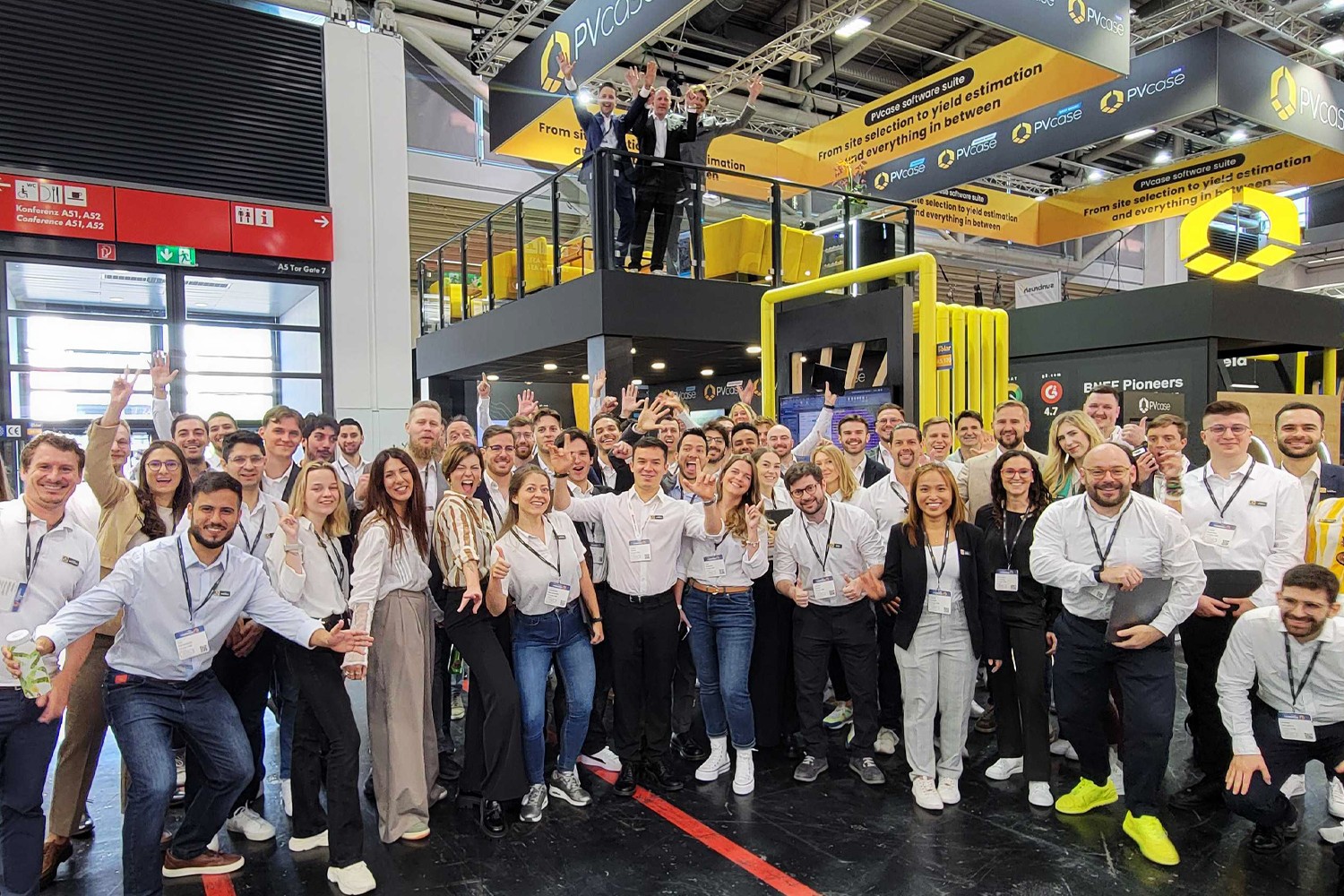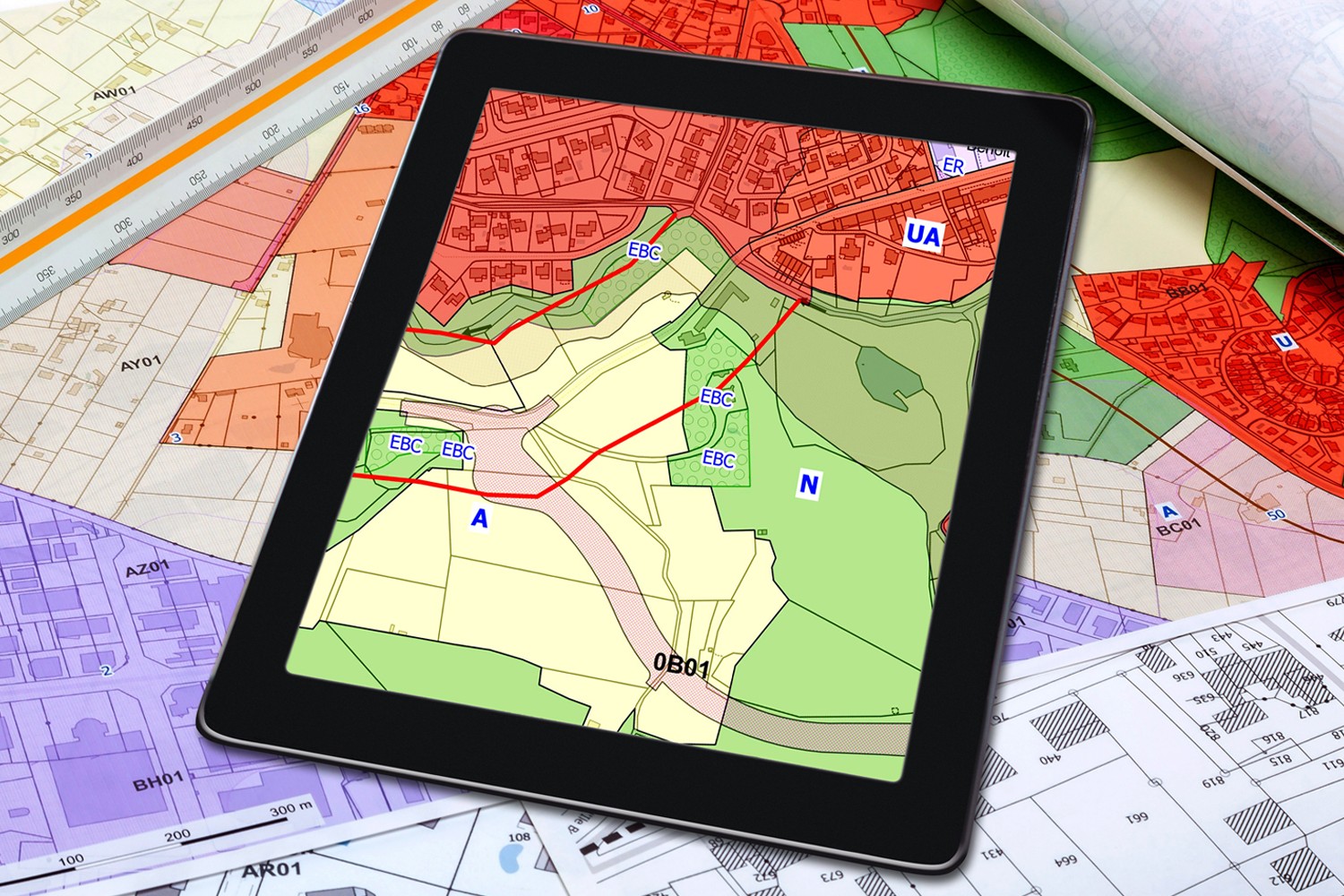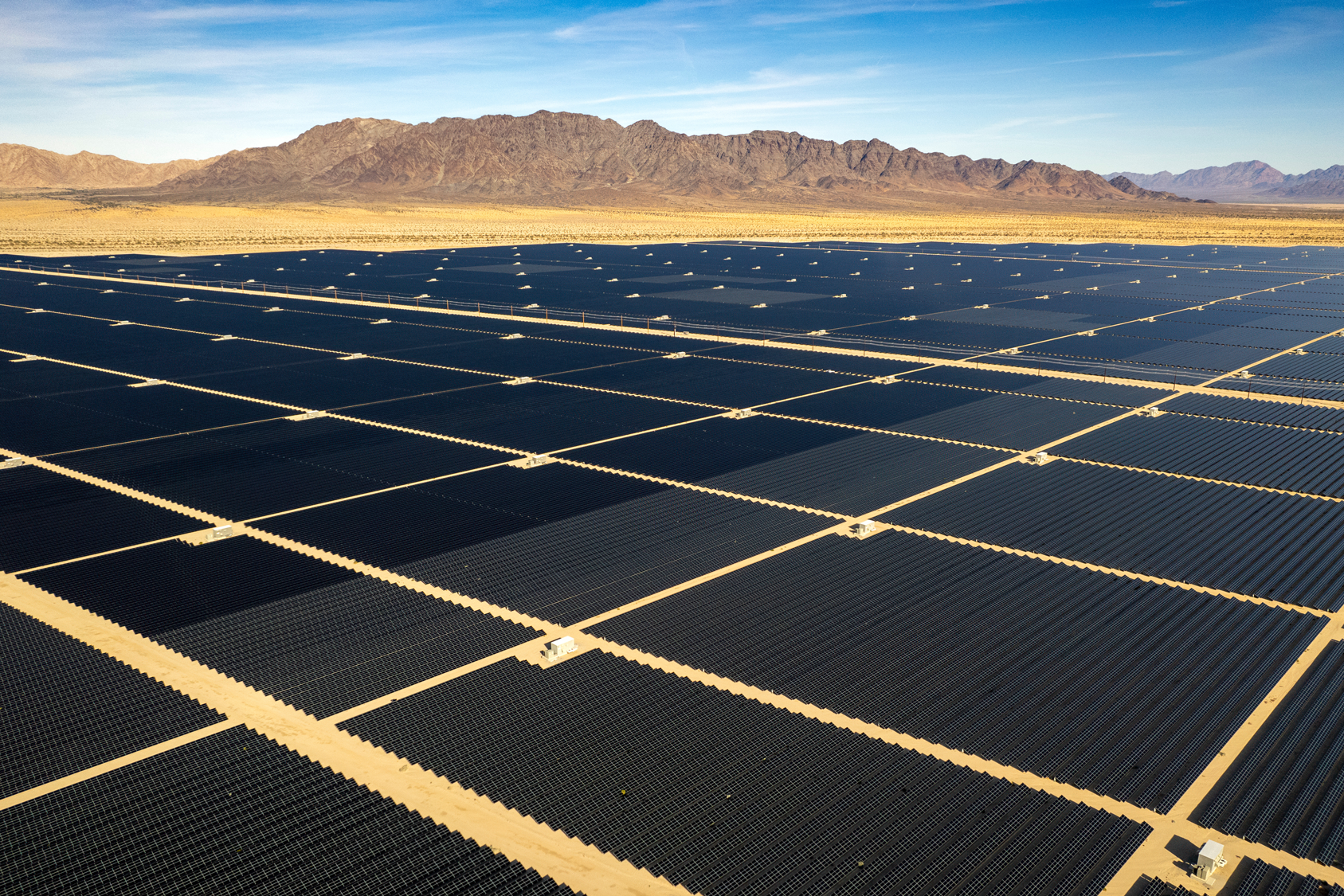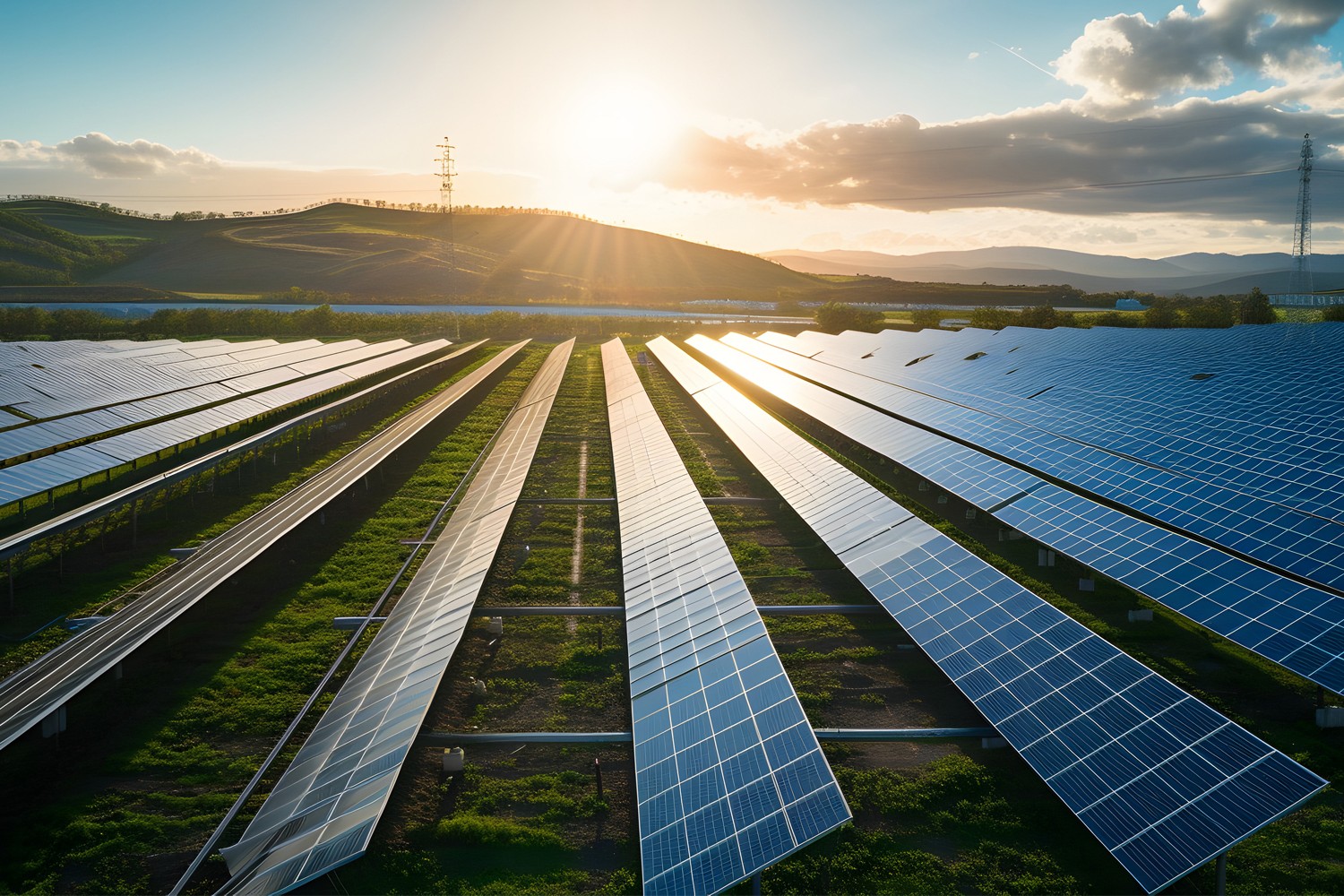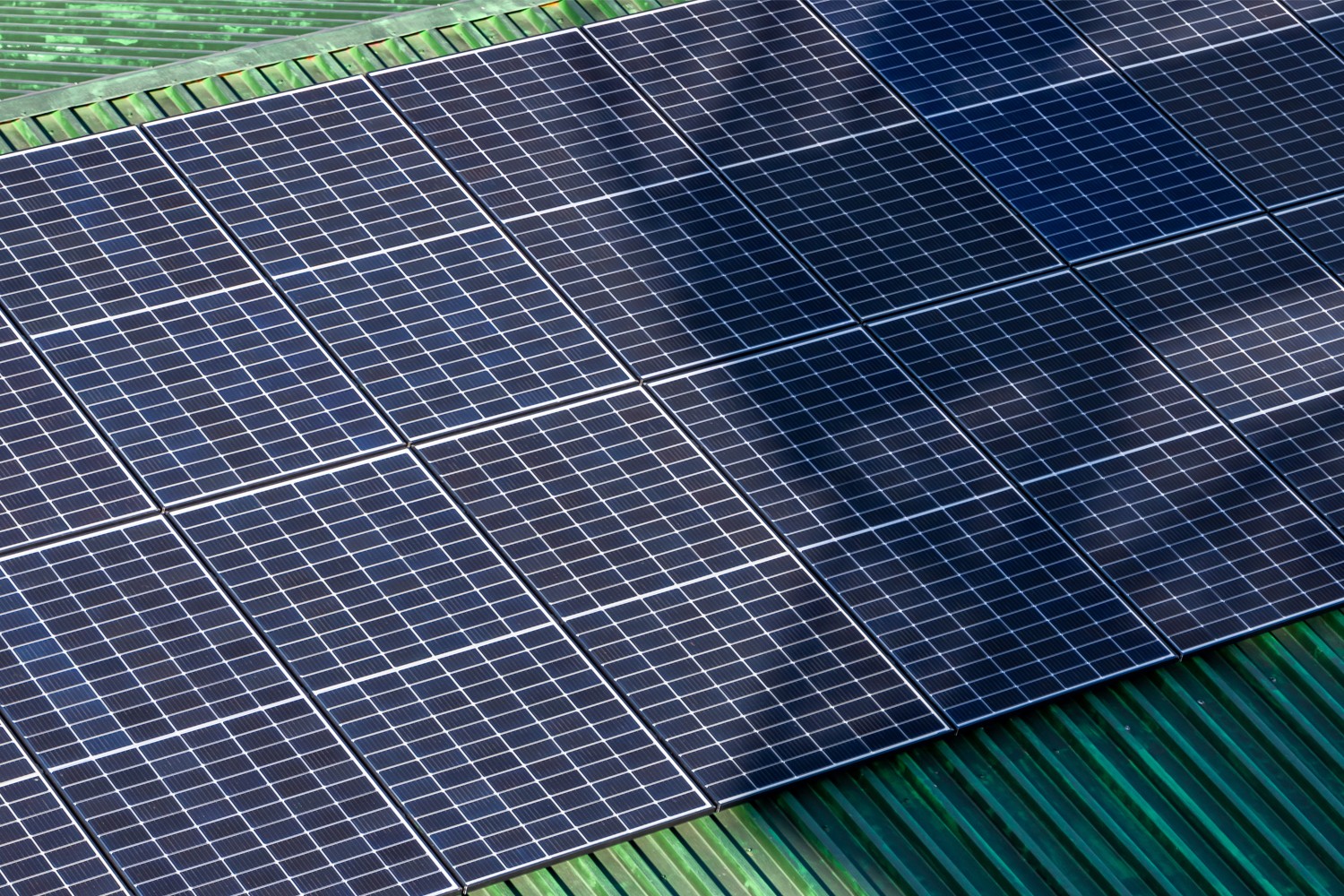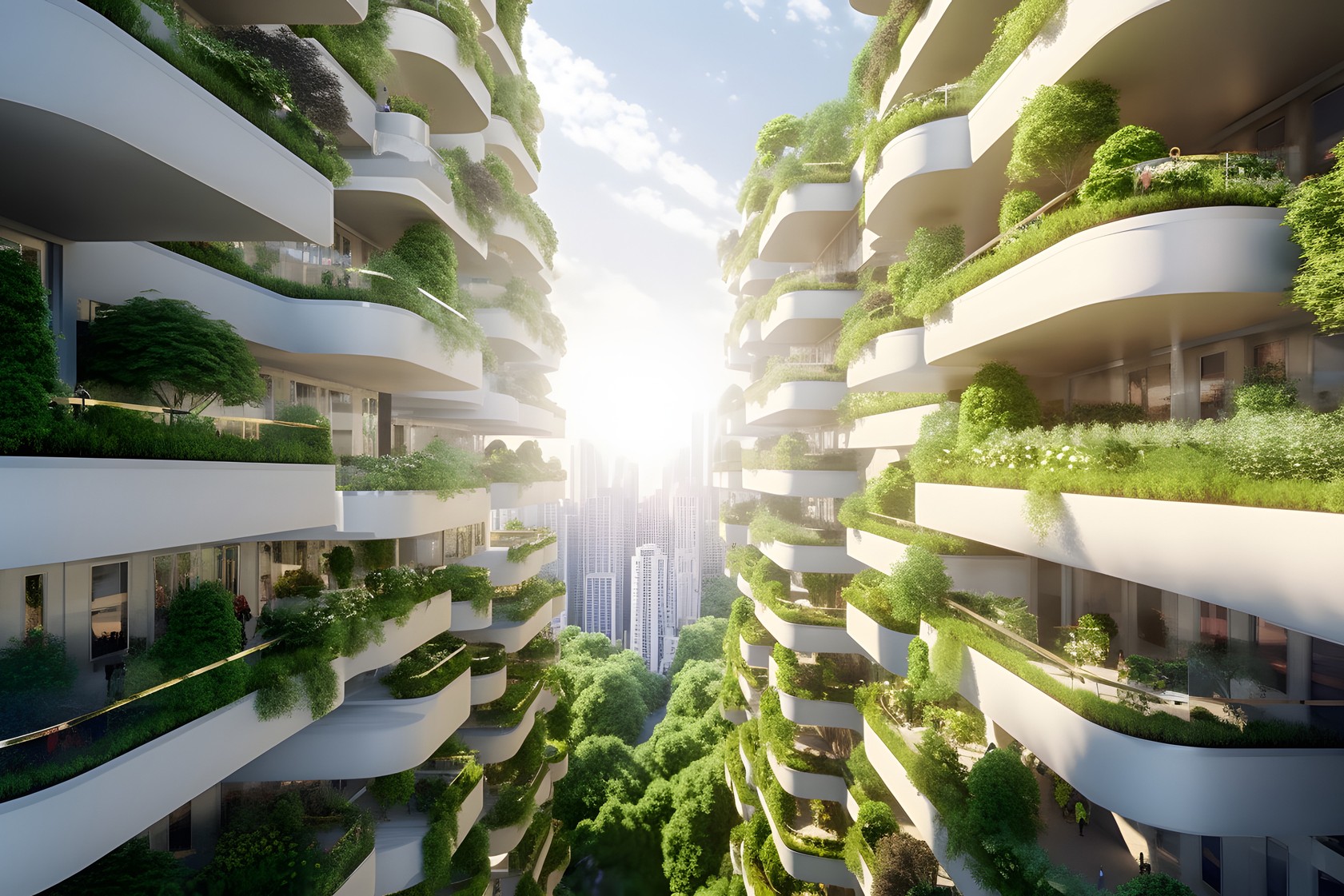Renewables are on the rise all over the world, and the one in the spotlight is solar energy. From giant solar farms that house hundreds of thousands of panels, to smaller-scale personal installations that pop up on the roofs of residential buildings. When it comes to solar, the blue panels are the unofficial symbol, but it’s not the limit the solar ingenuity can reach. In fact, as clean energy gains popularity, it becomes a preferred method to power a variety of devices and machinery. And in this article, we’d like to take a closer look at some of the unique uses of solar.
Solar pest control
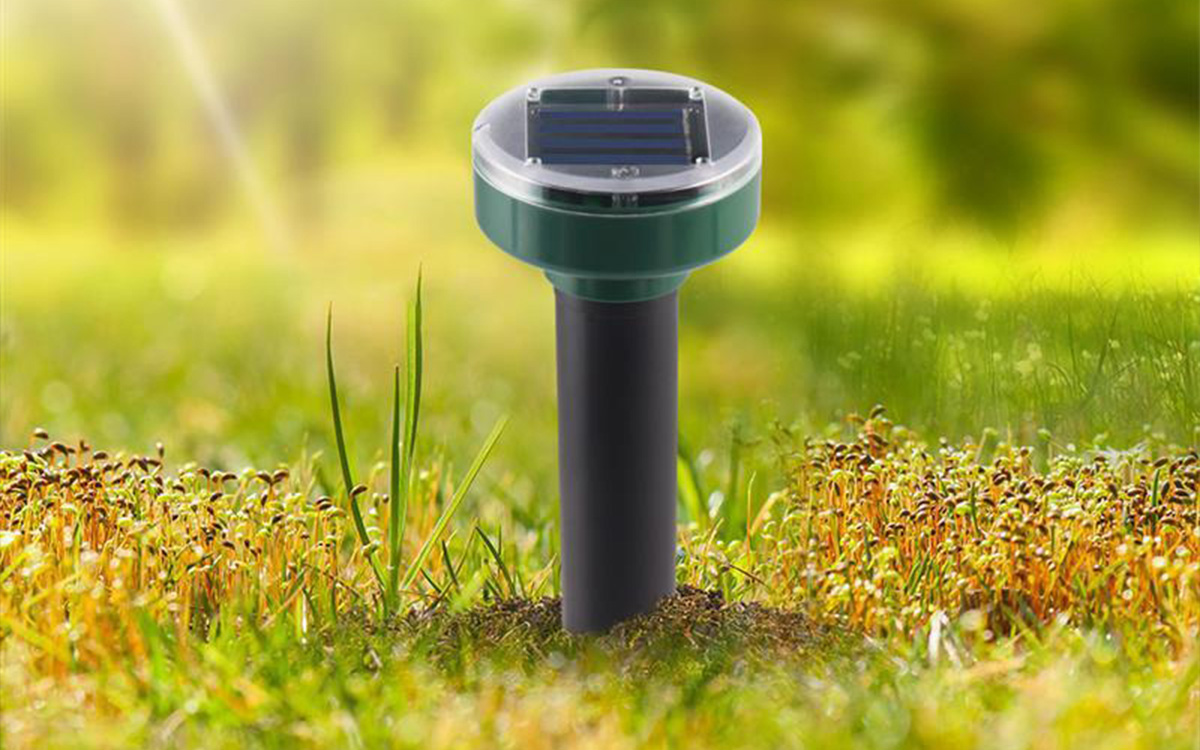
Solar powered pest control is a mix between utility and convenience. The device operated by a solar panel installed on its rooftop; the panel also supplies the energy to run and navigate the semi-automated system. While additional supervision from an operator is still required, the device reduces manual labor, at the same time providing an equal spray of the pesticides. The device also serves as an example of the applicability of solar in a variety of ways, utilizing the clean energy to power appliances and technology.
Solar air conditioner
With heat being an ever-persistent enemy in summer, it’s no surprise that many people turn to air-conditioning to keep cool. In the U.S. alone, about 6% of total electricity usage comes from air conditioners. However, with the growing desire to be more environmentally conscious and the increasing number of eco-friendly homes, people are leaning towards sustainable technology, and that’s where solar-powered air conditioners come in. These appliances can decrease CO2 emissions, while saving both the environment and costs for the users.
Solar cinema

The Sol Cinema is, as the name suggests, a mini-cinema that can travel around. It was constructed out of a recycled 45-year-old caravan, and according to the creators, the cinema was made using recycled materials. Sol Cinema was created with the intention of reducing CO2 emissions, and solar power was chosen as its new driving force that offered accessibility and convenience. The mobile movie theater can seat no more than 10 adults, but the entire experience offers a unique perspective on personal cinemas, while underlining the importance and adaptability of clean energy.
Solar roads
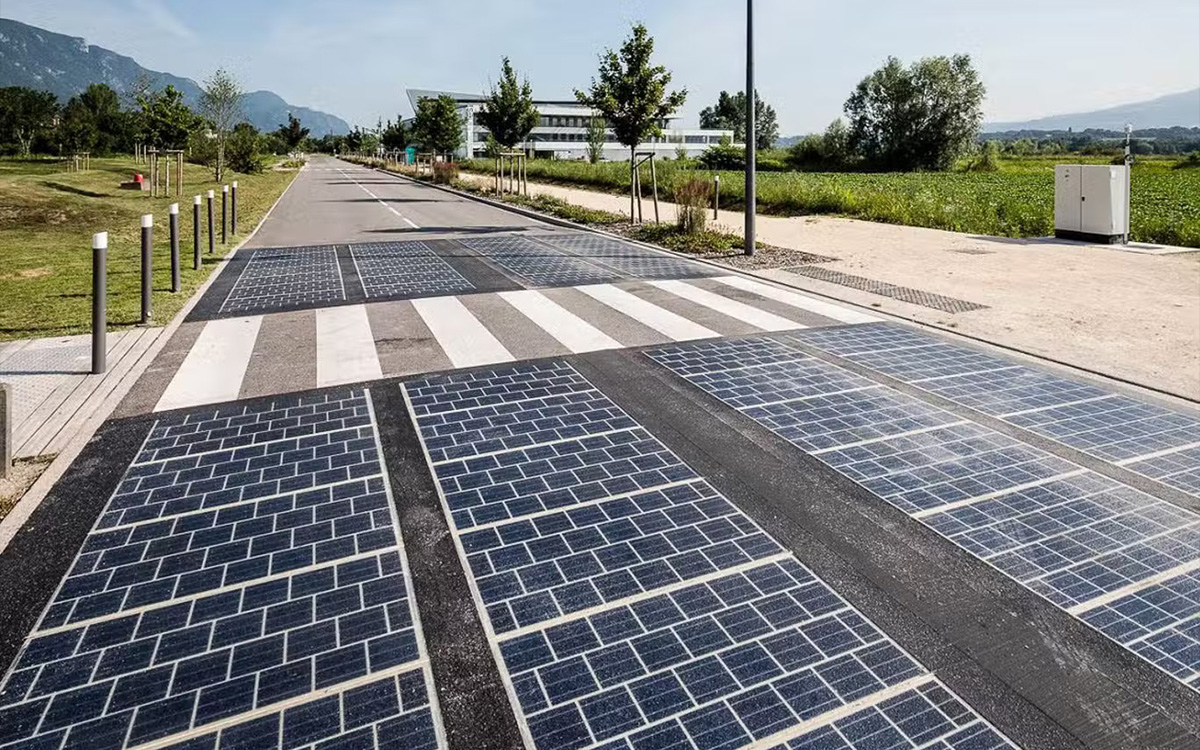
Roads can be found all over the world, constructed in open areas and, more often than not, they are largely exposed to direct sunlight. Which is why the idea of solar roads is both ingenious and practical. Solar Roadways use hexagon shaped solar panels designed to withstand the impact of vehicles while maintaining appropriate solar harvesting capacity to be productive. The special panels can be used on highways, biking paths or even playgrounds – anything that requires a hard surface can be substituted with the solar panels, making it applicable in a variety of ways.
Solar trash compactors
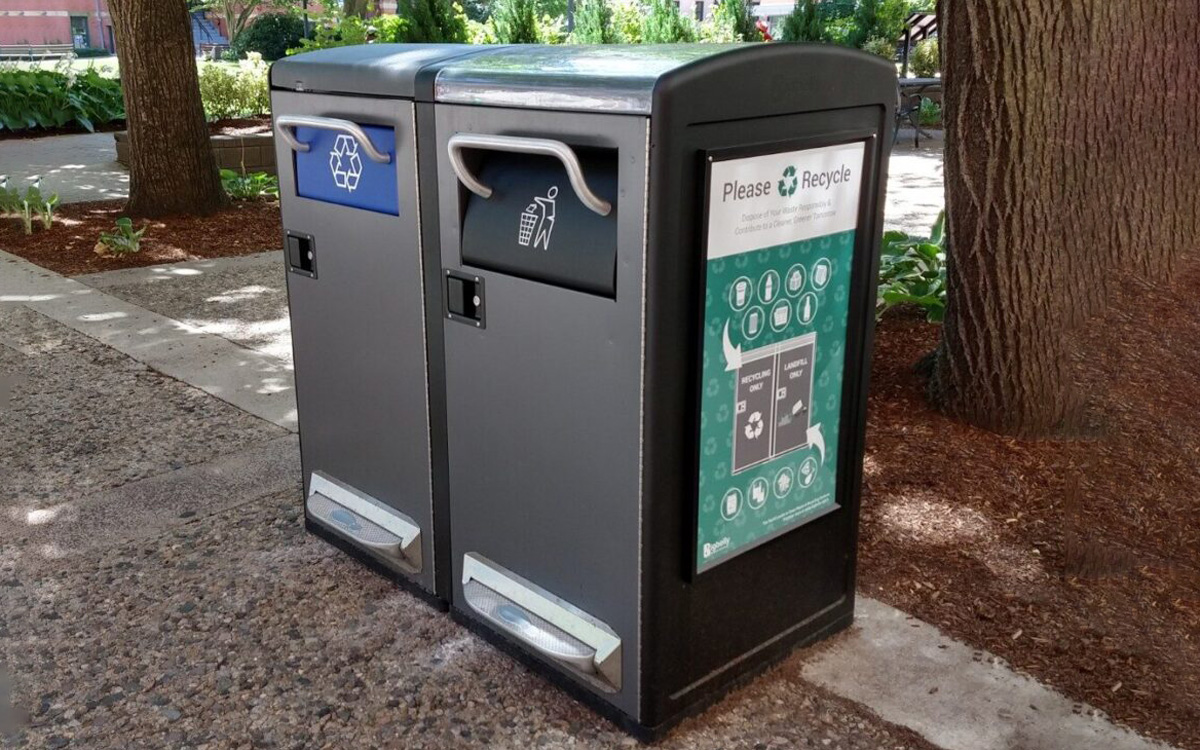
Solar powered trash can is another step towards a greener future. The idea has proven to be quite popular, and there are already several incentives in place. Solar trash compactors are said to reduce collection frequency by up to 80%, while maintaining the overall cleanliness by keeping the waste contained. Solar bins would also help reduce bin clutter and traffic noise, which, in turn, reduces carbon footprint and CO2 emissions of those same vehicles. Additionally, the software attached to the solar bins would enable the waste tracking and it can streamline the operations and collections. Not to mention, while being useful for the environment, these compactors could also enhance the aesthetics of the city.
Solar aircraft
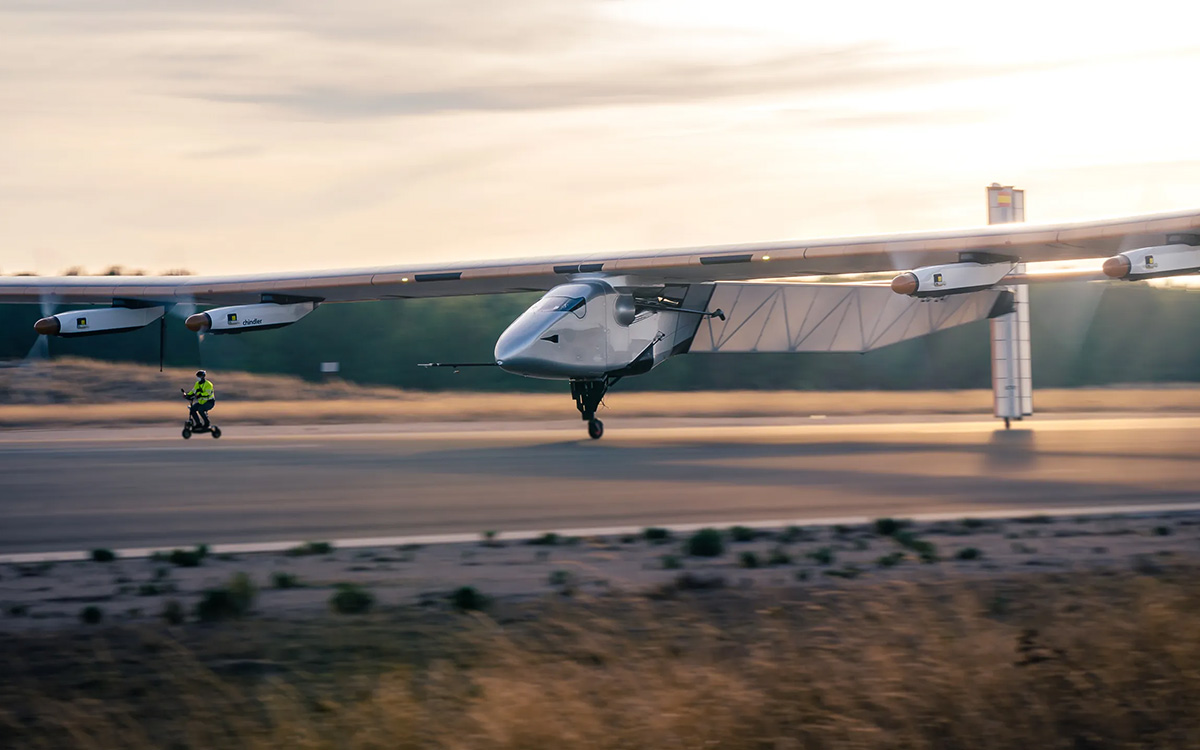
Flight is one of the most useful methods of transportation, however, there are concerns about the environmental impact of such convenience. One possible solution to the problem could be planes that are powered by clean energy, and here comes in Solar Impulse 2, a solar-powered aircraft that traveled around the world and spent more than 500 hours in the air, all without a drop of liquid fuel. The plane’s wings are covered in 17,248 photovoltaic solar cells, which charge four lithium batteries to keep the propellers working during nighttime. Granted, at the moment, the project has limited applicability, but the technology has the potential to grow, and in the future we might see more solar-powered aircrafts of larger capacity.
As solar becomes more widespread, it’s important to keep in mind that PV systems are not restricted to farms or multiple panels. Solar is a viable way to replace fossil fuels not just on a large scale construction, but as a method to power a variety of convenient technology, the usage of which helps to reduce emissions in a long run without sacrificing the utility.
You might also be interested in:
July 19, 2024
Siting of PV power plants. How to adapt solar designs to complex terrains?
Choosing the wrong PV project site lowers energy output, raises costs, and risks legal issues. PVcase offers solutions. Discover them by reading the article.
July 16, 2024
Overcoming technical challenges in renewable energy projects. How PVcase transformed OHLA’s design process
Explore how OHLA overcame renewable energy design challenges with PVcase, streamlining solar park operations and achieving remarkable business growth.
July 3, 2024
Bridging the renewable energy skills gap. A success story of PVcase, Enery, and the University of Applied Sciences Upper Austria
Discover how PVcase, Enery, and the University of Applied Sciences Upper Austria have collaborated to prepare future solar engineers through an innovative educational initiative,…
July 1, 2024
Top 10 questions from Intersolar Europe 2024, answered
Get answers to the top 10 questions asked during Intersolar Europe 2024 that cover PVcase Prospect's availability, integration of PVcase products, and much more. Your question is…
June 19, 2024
Targeted solar marketing for successful landowner outreach — e-book included!
Discover how innovative strategies and Anderson Optimization's GIS Site Selection can boost solar outreach ROI and conversions. Download the ebook for more insights!
June 3, 2024
PVcase is part of the 42-month long SUPERNOVA project
PVcase, together with 19 partners from all over the world, is part of the 42-month SUPERNOVA project, focusing on O&M and grid-friendly solutions for reliable, bankable, and…
May 29, 2024
PVcase tools are now compatible with AutoCAD 2025!
We’re happy to announce that you can now use PVcase Ground Mound and Roof Mount, our flagship CAD-based tools, on AutoCAD 2025, enjoy its multiple functionalities and integrate…
May 20, 2024
PVcase is the finalist of “The smarter E AWARD” in the Photovoltaics category
We’re the finalists of “The Smarter E AWARD”! Read more about the nomination and dive into the PVcase Integrated Product Suite offering that innovates the industry.
May 14, 2024
Making great designs on good sites—the importance of topo data for PV design
Topo data is the first step in determining the success of your solar project. While the terrain is crucial in this regard, developers should also consider grid connectivity and…
April 29, 2024
How policy can shape future solar energy expansion
Policymakers and regulatory organizations must actively support solar power's growth and renewable energy advancement. Read the article to learn how.
April 25, 2024
Shading Analysis: advanced feature for C&I roof-mount solar projects is live
Shading Analysis is live! Read the article to learn about benefits, capabilities of the tool, and how it can help users and decision-makers.
April 9, 2024
PVcase wins the BNEF Pioneer Award 2024 for innovative solar design solutions
We won the prestigious 2024 BNEF Pioneers Award! Find out how our software contributes to relieving bottlenecks in the deployment of clean power.
March 29, 2024
Sustainable cities: what urban living of the future might look like
From clean energy to green bonds and renewable energy stocks, there are many ways you can invest your money in a sustainable future. Find them out by reading the article.
March 22, 2024
8 ways to invest your money in a sustainable future
From clean energy to green bonds and renewable energy stocks, there are many ways you can invest your money in a sustainable future. Find them out by reading the article.
March 21, 2024
8 business opportunities in renewable energy
There are many potentially lucrative business opportunities in renewable energy. Learn how you can use these opportunities to make money while contributing to the green…
